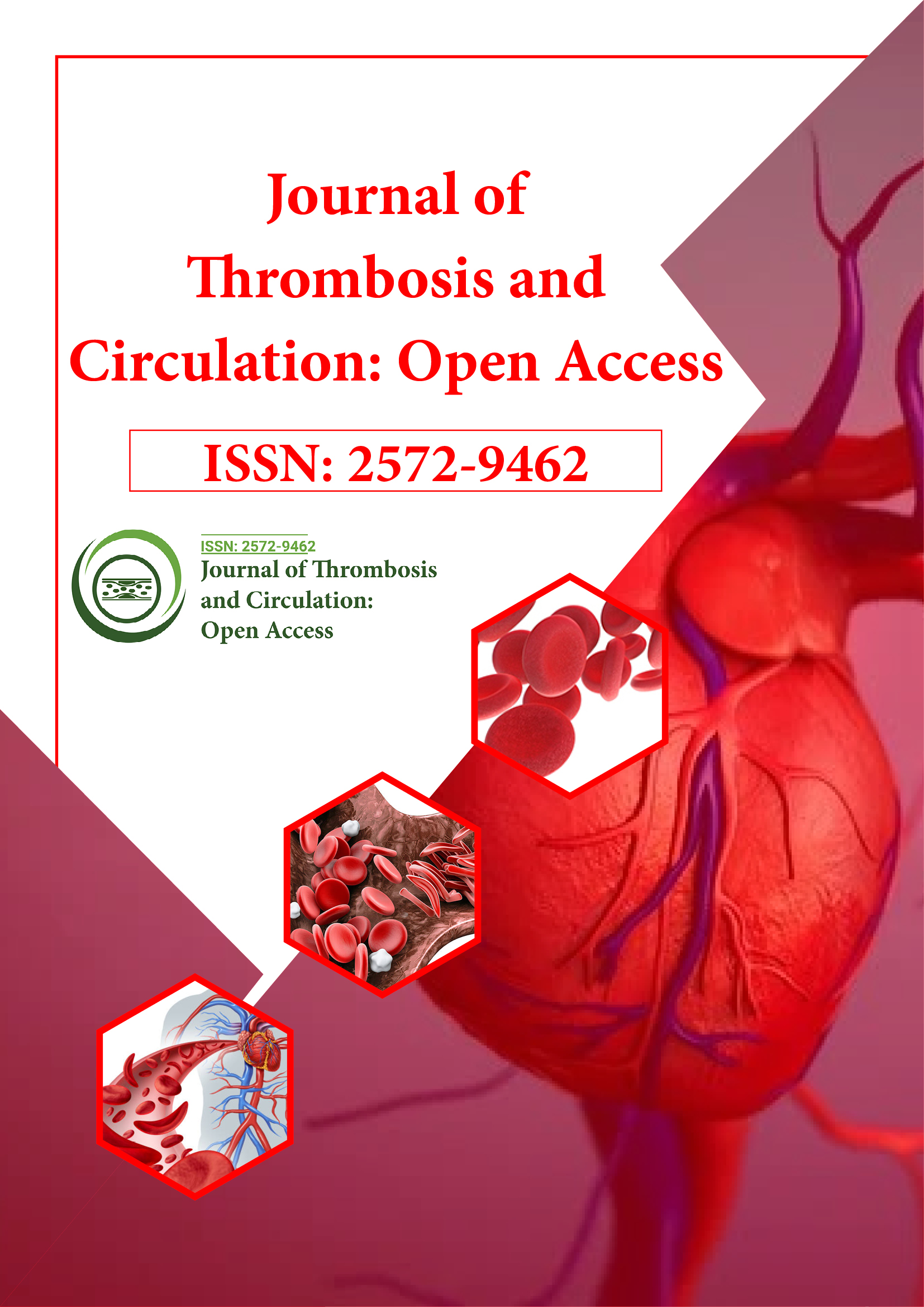Indexed In
- RefSeek
- Hamdard University
- EBSCO A-Z
- Publons
- Google Scholar
Useful Links
Share This Page
Journal Flyer

Open Access Journals
- Agri and Aquaculture
- Biochemistry
- Bioinformatics & Systems Biology
- Business & Management
- Chemistry
- Clinical Sciences
- Engineering
- Food & Nutrition
- General Science
- Genetics & Molecular Biology
- Immunology & Microbiology
- Medical Sciences
- Neuroscience & Psychology
- Nursing & Health Care
- Pharmaceutical Sciences
Perspective - (2025) Volume 11, Issue 1
Sclerotherapy: A Minimally Invasive Solution for Vein Disorders
Zhao Zhai*Received: 21-Mar-2024, Manuscript No. JTCOA-24-25205; Editor assigned: 23-Mar-2024, Pre QC No. JTCOA-24-25205 (PQ); Reviewed: 07-Apr-2024, QC No. JTCOA-24-25205; Revised: 24-Feb-2025, Manuscript No. JTCOA-24-25205 (R); Published: 03-Mar-2025, DOI: 10.4172/2572-9462.25.11.298
Introduction
Sclerotherapy stands as a cornerstone in the treatment of varicose and spider veins, offering a minimally invasive solution to a common vascular problem. This procedure has revolutionized the management of superficial venous disorders, providing patients with a safe, effective, and relatively painless alternative to traditional surgical interventions. In this article, we delve into the principles, techniques, and outcomes associated with sclerotherapy, shedding light on its role in modern vascular medicine.Description
Understanding sclerotherapy: Sclerotherapy involves the injection of a sclerosing agent directly into abnormal veins, causing them to collapse and eventually fade from view. The primary objective of this treatment is to obliterate dysfunctional veins, redirecting blood flow to healthier vessels and restoring optimal circulation. While sclerotherapy is most commonly employed for the treatment of varicose and spider veins in the lower extremities, it can also be utilized for venous malformations and hemorrhoids.
Principles of sclerotherapy: The success of sclerotherapy hinges on several fundamental principles, including patient selection, accurate diagnosis, and appropriate technique. Prior to treatment, a thorough evaluation of the patient's venous anatomy is essential to identify the underlying pathology and formulate an individualized treatment plan. This may involve the use of duplex ultrasound imaging to assess venous insufficiency and map out the target veins for sclerotherapy.
Techniques and procedures: Sclerotherapy techniques vary depending on the size, location, and extent of the target veins. For larger varicose veins, a foam sclerosant may be preferred to maximize contact with the vessel wall and enhance efficacy. Conversely, smaller spider veins are typically treated with liquid sclerosants injected through a fine-gauge needle. The procedure is performed on an outpatient basis and requires minimal preparation, with most patients able to resume normal activities immediately afterward.
Outcomes and complications: Sclerotherapy boasts high success rates and excellent cosmetic outcomes, with most patients experiencing significant improvement in the appearance of treated veins. However, like any medical procedure, sclerotherapy is not without risks. Potential complications include transient side effects such as pain, bruising, and hyperpigmentation, as well as more serious complications like allergic reactions, thrombophlebitis, and skin ulceration. These adverse events are relatively rare and can usually be mitigated with proper patient selection, technique refinement, and post-procedural care.
Advancements and innovations: In recent years, advancements in sclerotherapy techniques and technologies have further enhanced the safety and efficacy of this procedure. The introduction of ultrasound-guided sclerotherapy has revolutionized the treatment of deeper varicose veins, allowing for precise localization of target vessels and real-time monitoring of sclerosant distribution. Additionally, the development of novel sclerosing agents with improved pharmacokinetic profiles has expanded the therapeutic options available to clinicians, enabling tailored treatment approaches for patients with varying clinical presentations.
Citation: Zhai Z (2025) Sclerotherapy: A Minimally Invasive Solution for Vein Disorders. J Thrombo Cir. 11:298.
Copyright: © Zhai Z. This is an open-access article distributed under the terms of the Creative Commons Attribution License, which permits unrestricted use, distribution and reproduction in any medium, provided the original author and source are credited.
